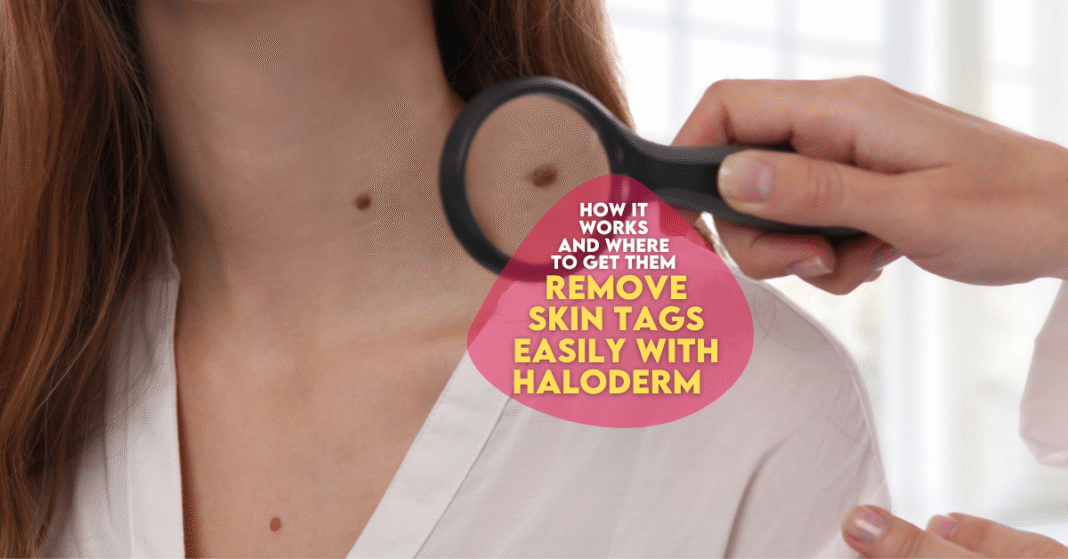Warts, though common and generally harmless, may be uncomfortable and bothersome. Plantar warts stand out due to their tendency to develop on the soles of the feet, making daily activities challenging. Understanding what these growths are and the methods available for their removal can guide individuals toward effective solutions.
What Are Warts?
Plantar warts are small, grainy growths that typically appear on the soles or other weight-bearing areas of the feet. They result from an infection in the outer layer of the skin caused by certain strains of the human papillomavirus (HPV). When these strains invade skin through tiny cuts or breaks, they can trigger a localized infection that manifests as a wart.
Unlike those found on other parts of the body, plantar warts often remain flat due to the pressure exerted during walking or standing. They are not inherently harmful and are usually confined to the skin, but their location can cause discomfort. This can especially be the case if they grow larger or form clusters known as mosaic warts.
How Do You Discern Them?
Recognizing plantar warts relies on identifying their distinctive features. It’s worth noting that not all foot growths are warts. Corns, calluses, and other conditions may resemble them but have different causes and treatment protocols. Accurate identification is pivotal in selecting an appropriate method of removal. Warts often present the following characteristics:
- Rough, grainy texture: These warts typically feel rough to touch and may appear grain-like.
- Small black dots: Tiny black dots, often called wart seeds, are visible within the growth. These represent blood vessels supplying the wart.
- Interruptions in skin patterns: Unlike healthy skin, warts may disrupt the natural ridges and lines on the soles of the feet.
How Are They Removed?
Removing plantar warts may involve various techniques, depending on individual circumstances. Some approaches are performed at home, while others may require professional guidance. Below are common methods for addressing plantar warts:
- Salicylic Acid Treatments: Available in the form of topical solutions, salicylic acid works by softening the wart tissue, making it easier to remove over time.
- Cryotherapy: Cryotherapy kits sold in pharmacies allow individuals to freeze the wart using controlled bursts of cold. A healthcare provider may apply liquid nitrogen directly to the wart to freeze it at a lower temperature than over-the-counter kits can achieve.
- Laser Therapy: Certain types of lasers may be used to destroy the wart tissue or the blood vessels feeding it.
- Surgical Removal: A podiatrist may carefully excise the wart using specialized tools, particularly when other methods prove unsuitable.
Each treatment comes with its advantages and recovery timelines. Professional guidance can help determine which approach best aligns with an individual’s condition and preferences. Whatever the chosen method, care should be taken to avoid spreading the virus to other areas of the body or reinfection. Practices such as keeping feet clean and dry, wearing footwear in communal spaces, and avoiding direct contact with warts can reduce the risk of recurrence.
Consult a Podiatrist About Treatment
While plantar warts often resolve on their own, seeking professional input can provide clarity and effective management strategies tailored to the individual. A podiatrist has the expertise to differentiate between plantar warts and other foot ailments. This makes sure the most suitable treatment option is applied. Discussing concerns with a specialist can address the issue with care.
- Pedrovazpaulo Wealth Investment: Unlocking Financial Freedom Through Innovative Strategies
- EO Pis: A Comprehensive Guide to Environmental Objectives and Performance Indicators
- Premiumindo69: The Future of Digital Entertainment
- Macadamia Nut Milk: Health Benefits, Recipes, and Why It’s the Perfect Dairy-Free Alternative
- Hentquz: The Future of Productivity and Collaboration


